Tips for deciding when to use Paint, Thermo, or MMA
Deciding between paint, thermo, or MMA for your project is important, but by planning ahead and considering the tips we’ve outlined below, we’re confident you’ll make the right decision. Plus, our team is always here to assist in answering any additional questions not covered here.
Start by considering these elements:
The scope of your project
Your budget (think about up-front vs. long-term costs)
The type and volume of traffic or the use of the site (think about the maintenance requirements)
Available time for installation and drying
Environmental impact
Paint:
PROS: Traffic paint is the most cost-effective road marking material and is also great for temporary striping as projects progress. Paint is a good option for small-scale projects, offers good visibility, is very versatile, and can be applied to many different surfaces. It’s also easy to remove if you change the layout of your property. Finally, paint is more resistant to damage from chemicals.
CONS: There are a few things to keep in mind with regard to maintenance. Paint requires a slightly longer drying time than some of the other road marking options. It also requires more frequent restriping due to natural fading over time from exposure to UV light and other natural elements. Paint can show wear and tear, or damage from vehicles quicker than other road markings. When choosing your material, consider the conditions and climate of your property.
Thermoplastic:
PROS: Thermoplastic is a mixture of dry resin, pigment, and filler that becomes liquid when heated. The material hardens as it cools, making it easy to reopen work areas quickly. It’s also more durable than paint and can last up to 10 times longer - typically anywhere from 3 to 5 years, depending on your climate. It’s applied in a thick layer, aiding in its durability when compared to paint, which makes thermoplastic an ideal choice for high-traffic areas. It’s also highly reflective and is usually mixed with glass beads to increase visibility in low-light or wet conditions. This reflectivity will hold through the life of the marking. This material can be installed on surfaces that are dry for 24 hours in temperatures over 50 degrees Fahrenheit.
Thermoplastic can be applied via truck or handliner, making it a great option for DOT work. It can also come in preformed sheets, which can be used on concrete with a sealer. Preformed thermoplastic is a great option for custom designs as it can be produced in many colors and shapes.
CONS: Thermoplastic is more expensive than paint, and it can be more challenging to remove. It is important to consider the future uses of the area – will you need to change the layout? Thermoplastic production can also contribute to our planet’s growing microplastics issue due to its petroleum-based manufacturing. However, it lasts longer than paint, which has to be redone more frequently. Climate conditions are also important to consider: Snow plows, unfortunately, tend to scrape it off, and if you live somewhere with rapid freezing and thawing, the material can crack. Thermo does not work well on concrete surfaces unless a primer is used, adding another step to the installation process.
MMA:
PROS: MMA is the most durable road marking option, lasting up to 10 years depending on conditions! It’s a two-part mixture that bonds to the surface when a catalyst is added. This chemical bond is what makes MMA a long-lasting road marking option. The material does not need to be heated during installation, and it does not require a primer for concrete applications. MMA cures in under 1 hour and can be applied in colder temperatures, meaning we can install at a wider range of temperatures and can quickly reopen work areas to traffic. It’s great for long stretches of highway, roads, and intersections, has high visibility in low-light and wet conditions, and is the superior pavement marking for concrete. MMA is frequently used for bike lanes and trail paths because of its high visibility, non-slip texture, and durability. Glass beads can be added for reflectivity, and anti-skid material can be added to prevent slips, trips, and falls. Even under heavy traffic, MMA stays clean and looking new. Because it is available in a wide range of colors, MMA lends itself to custom designs.
CONS: Higher up-front cost! Expect to pay more on initial installation; however, using MMA will reduce your maintenance costs over time. Because it’s so durable, the need for touch-ups and restripes is much less.
We hope this helps as you begin deciding what material to use for your project!
Still have questions? One of our friendly team members would be happy to assist you - give us a call at 770-985-0195.



